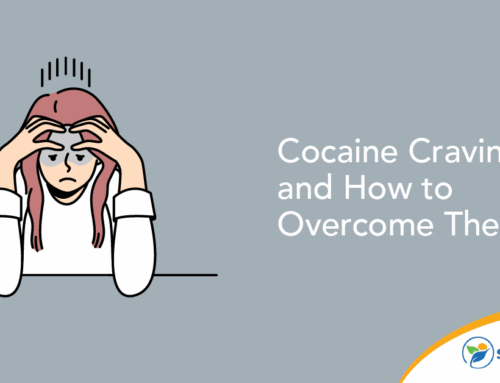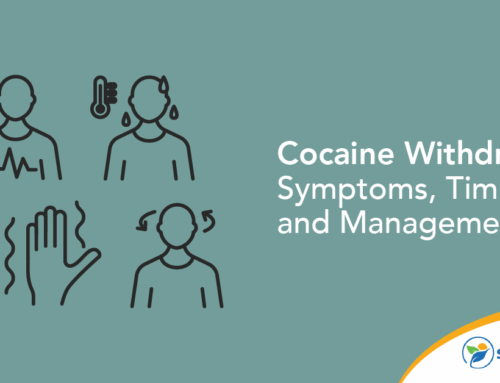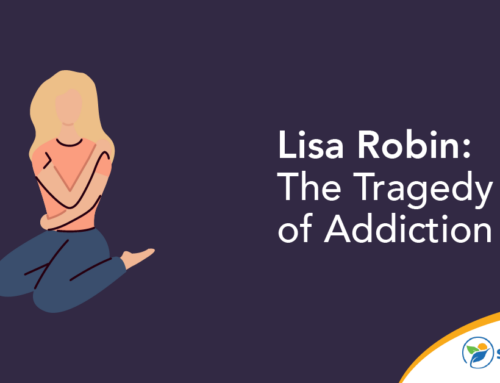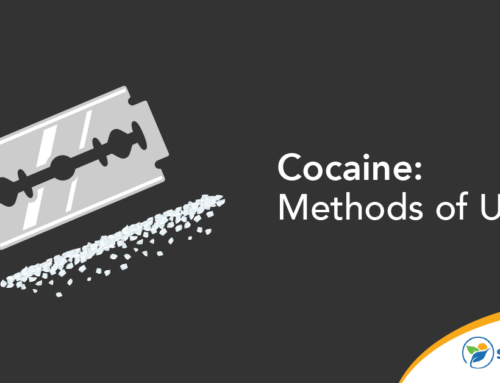PAWS is a second stage of withdrawal people healing from substance use disorder go through. Learn about symptoms, treatments and how it can impact recovery.
Most people experience some withdrawal symptoms when they quit or slow down use of alcohol or certain drugs. These can include tremors, muscle pain, vomiting, sweating and fatigue that lasts days or weeks. It can be a relief to get to the other side, but for some people, withdrawal symptoms can continue past this stage. This is called post-acute withdrawal syndrome, or PAWS, and is the second phase of withdrawal. While physical symptoms ease, emotional and psychological symptoms can arise. PAWS can be caused by quitting both illicit and prescription drugs, and being prepared can help you manage the condition.
What Exactly Is PAWS?
PAWS is also known as protracted withdrawal syndrome or prolonged withdrawal syndrome. It’s a range of symptoms that show up after the initial, or acute, withdrawal is completed. PAWS can be experienced by people who are withdrawing from alcohol, opioids, antidepressants, marijuana and benzodiazepines. PAWS hasn’t been heavily studied, but it’s believed 90% of people recovering from opioid use and 75% of those recovering from alcohol and psychotropic drug use experience symptoms.
PAWS is associated with the concept of neuroplasticity. This is when the brain forms or reorganizes connections to account for experiences or injury. The substances associated with PAWS can change the way your brain reacts to stimuli, and in response, it adjusts to compensate for these changes. When you stop taking the substance, your brain slowly returns to normal. However, until it does, you’re left with the effects of the reorganization.
For example, alcohol inhibits brain activity. Your brain makes changes to avoid the inhibition, leading to an overactive nervous system. Once you stop drinking, your brain is no longer being hampered by alcohol but is still overactive. This can lead to stress, anxiety and cravings until your brain returns to its pre-substance abuse structure.
Common Symptoms of PAWS
The intensity of PAWS symptoms can range from mild to severe. Your experience can differ depending on the substance you used, how long you used it and how much you took. Common symptoms include:
- Difficulty with learning and problem-solving
- Memory issues
- Motor coordination issues
- Irritability and hostility
- Anxiety
- Panic
- Depression
- Mood swings
Some of the less common symptoms are:
- Stress sensitivity
- Insomnia
- Issues maintaining social relationships
- Urges and cravings
- Fatigue
- Apathy
These symptoms are similar to other mental health conditions, including clinical depression and anxiety. Additionally, some symptoms are what are termed “rebound symptoms,” which occur when you’re taking medication to treat an illness. When you stop, the symptoms start coming back. This is especially common when you stop taking antidepressants.
This can make it difficult to know when you have PAWS. If you have symptoms, it’s best to seek help. Whether you’re experiencing rebound symptoms or PAWS, the right support can help you manage the condition and stay on the path of sobriety.
How Long Does PAWS Last?
The timeline of PAWS can be difficult to estimate. People can experience PAWS for weeks, months or even years. Symptoms can also disappear and reappear, but eventually they go away. Again, studies on PAWS are limited. The FDA confirms that benzodiazepine PAWS can last as long as 12 months, and a small study on antidepressant PAWS found it lasted an average of 37 months.
The Impact of PAWS on Recovery
Two common causes of relapse are stress and challenging emotions. Unfortunately, PAWS can cause or contribute to both. Depression, anxiety, mood swings and panic are all symptoms of PAWS that can put you at risk of relapse. PAWS can also make everyday life harder. This adds to stress, which can impact recovery.
It’s important to know what to expect. Being prepared for PAWS symptoms can make it easier to manage and avoid relapse.
Treatment Options for PAWS
There are no clinical practice guidelines for the treatment of PAWS, but rehabilitation centers know what to expect and can provide help. Treatment for PAWS comes under three broad categories: support, medication and self-care.
Support
Addiction specialists can help you prepare a plan to cope with PAWS symptoms as they occur. Professionals can also provide therapy to help manage emotional symptoms and any underlying mental health conditions.
It’s also important to get outside support. PAWS is less well-known outside the recovery community. This means your friends and family may not understand why you’re experiencing mood swings, irritability and other symptoms. Explain the condition to them and ask for help. Recovery support groups are another good resource. Talking to people going through the same difficulty can help you cope.
Medication
There are a number of medications that can be prescribed by doctors to assist with PAWS. Your health care provider will take your symptoms, their severity and your past substance use into consideration before recommending any prescription drugs. Medications can help a number of symptoms by:
- Reducing substance cravings
- Stabilizing moods
- Helping you sleep
It’s important to only take medications under the direction of a health professional.
Self-Care
There are a number of strategies you can implement to help manage PAWS that come under the general umbrella of self-care. This means they’re steps you can take personally to support yourself and build resilience.
- Track your triggers. Take notes to determine your symptoms and what triggers them so you can avoid them.
- Educate yourself. Read about PAWS so you know what to expect.
- Stay healthy. Eating healthy foods, exercising and staying hydrated can help your physical and mental symptoms.
- Get enough sleep. Getting too little sleep can worsen symptoms, so focus on getting 8 hours a night.
- Manage stress. There are a number of ways to do this, including meditation, journaling, yoga and volunteering.
- Have compassion for yourself. It takes time to recover from substance use disorder, so forgive mistakes and give yourself time to heal.
- Celebrate. Don’t overlook the positives. Celebrate every milestone and accomplishment to help remember why you’re on this journey.
Everyone’s path to sobriety is different, and Sunlight Recovery can help you take the next step. Contact us if you need help making a plan for PAWS, managing symptoms or getting support as you go through your recovery.







